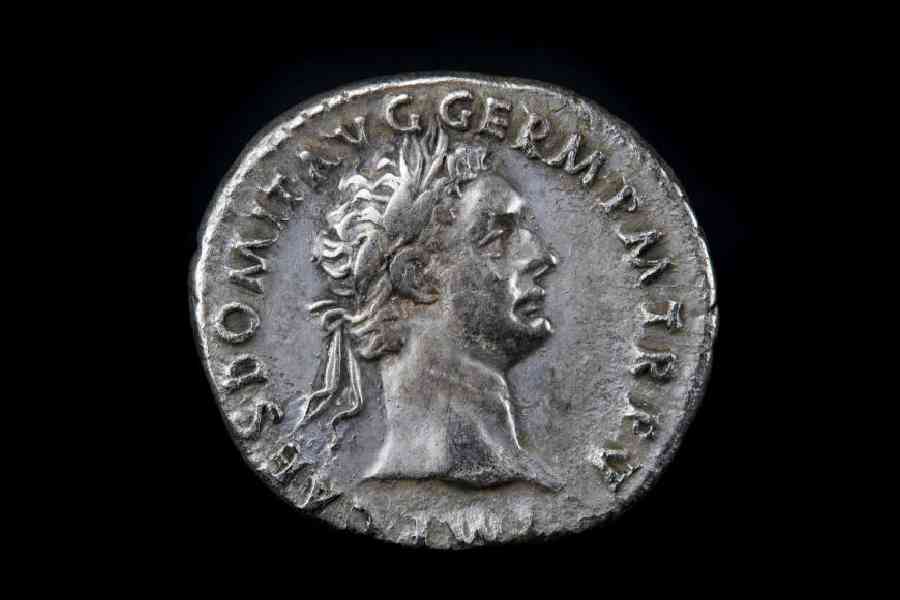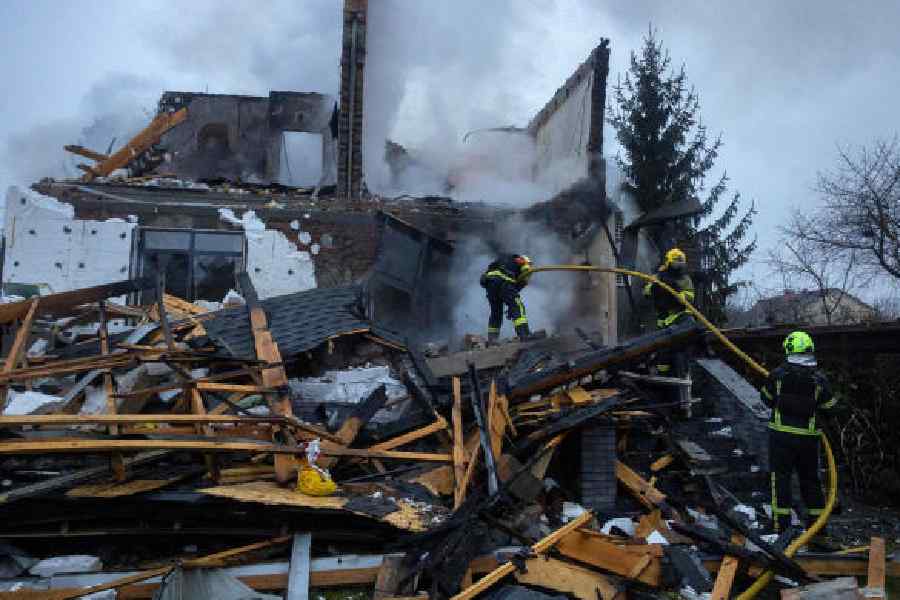Roughly 2,000 years ago, the Roman Empire was flourishing. But something sinister was in the air. Literally.
Widespread pollution in the form of airborne lead was taking a toll on health and intelligence, researchers reported recently in the journal Proceedings of the National Academy of Sciences.
During the roughly two centuries starting in 27 BC, the empire extended throughout Europe, West Asia and North Africa. Its economy relied on silver coinage, which required huge mining operations.
But extracting silver from the earth creates a whole lot of lead, said Joseph McConnell, an environmental scientist at the Desert Research Institute, a nonprofit group based in Nevada, US, and the primary author of the new research. “If you produce an ounce of silver (approx. 28 grams), you’d have produced something like 10,000 ounces of lead (283 kilos).”
And lead has a host of negative effects on the human body. “There is no such thing as any safe level of lead exposure,” said Deborah Cory-Slechta, a neurotoxicologist at the University of Rochester Medical Center, US, who was not involved in the research.
McConnell and his colleagues have now detected lead in layers of ice collected in Russia and Greenland that date to the time of the Roman Empire. Lead entered the atmosphere from Roman mining operations, hitched a ride on air currents and eventually fell out of the atmosphere as snow in the Arctic, the team surmised.
The levels of lead that McConnell and his collaborators measured were extremely low. But the ice samples were collected thousands of miles from southern Europe, and lead concentrations would have been highly dispersed after such a long journey.
In order to estimate the amount of lead originally emitted by Roman mining operations, the researchers worked backward: using powerful computer models of the planet’s atmosphere and making assumptions about the location of the mining sites, the team varied the amount of lead emitted to match the concentrations they measured in the ice. In one case, they assumed that all silver production took place at a historically important mining site in southwestern Spain known as Rio Tinto. In another case, they presumed that silver mining was equally spread out across dozens of sites.
The team calculated that anywhere from 3,300 to 4,600 tons of lead were being emitted into the atmosphere each year by Roman silver-mining operations. The researchers then estimated how all that lead would be scattered across the Roman Empire. The researchers next used modern-day data to estimate how much lead would have entered the bloodstreams of people in ancient Rome.
McConnell and his colleagues focused on infants and children. Young people are particularly susceptible to taking up lead from their environment via ingestion and inhalation, said Dr Bruce Lanphear, a public heath physician at Simon Fraser University in British Columbia, Canada, who was not involved in the research.
In recent decades, lead levels in children’s blood have been correlated with a slew of physical and mental health metrics, including IQ. Using those modern-day relationships, McConnell and his team estimated that children across much of the Roman Empire would have had around 2-5 additional micrograms of lead per decilitre of blood. Such levels correspond to IQ declines of roughly two or three points.
But lead exposure would have had other negative effects as well. Higher levels of lead in the blood have been linked to higher incidences of preterm births and reduced cognitive functioning in old age.
The new findings make sense, said Hugo Delile, a geoarchaeologist at the French National Centre for Scientific Research, who was not involved in the research. “They confirm the extent of lead pollution resulting from Roman mining and metallurgical activities.”
According to McConnell, the research also confers a dubious honour on Roman mining. “To my knowledge, it’s the earliest example of widespread industrial pollution,” he said.
NYTNS










